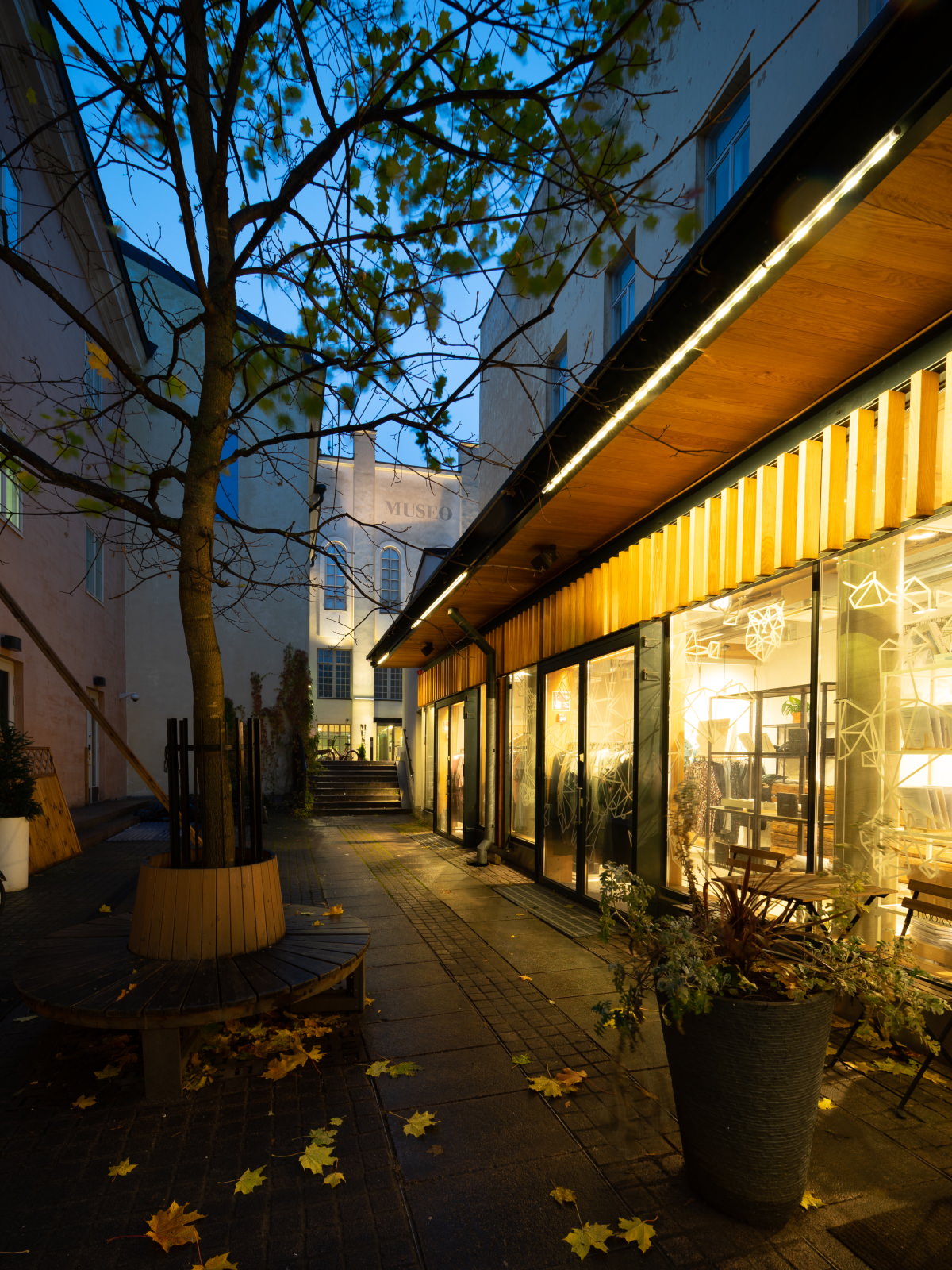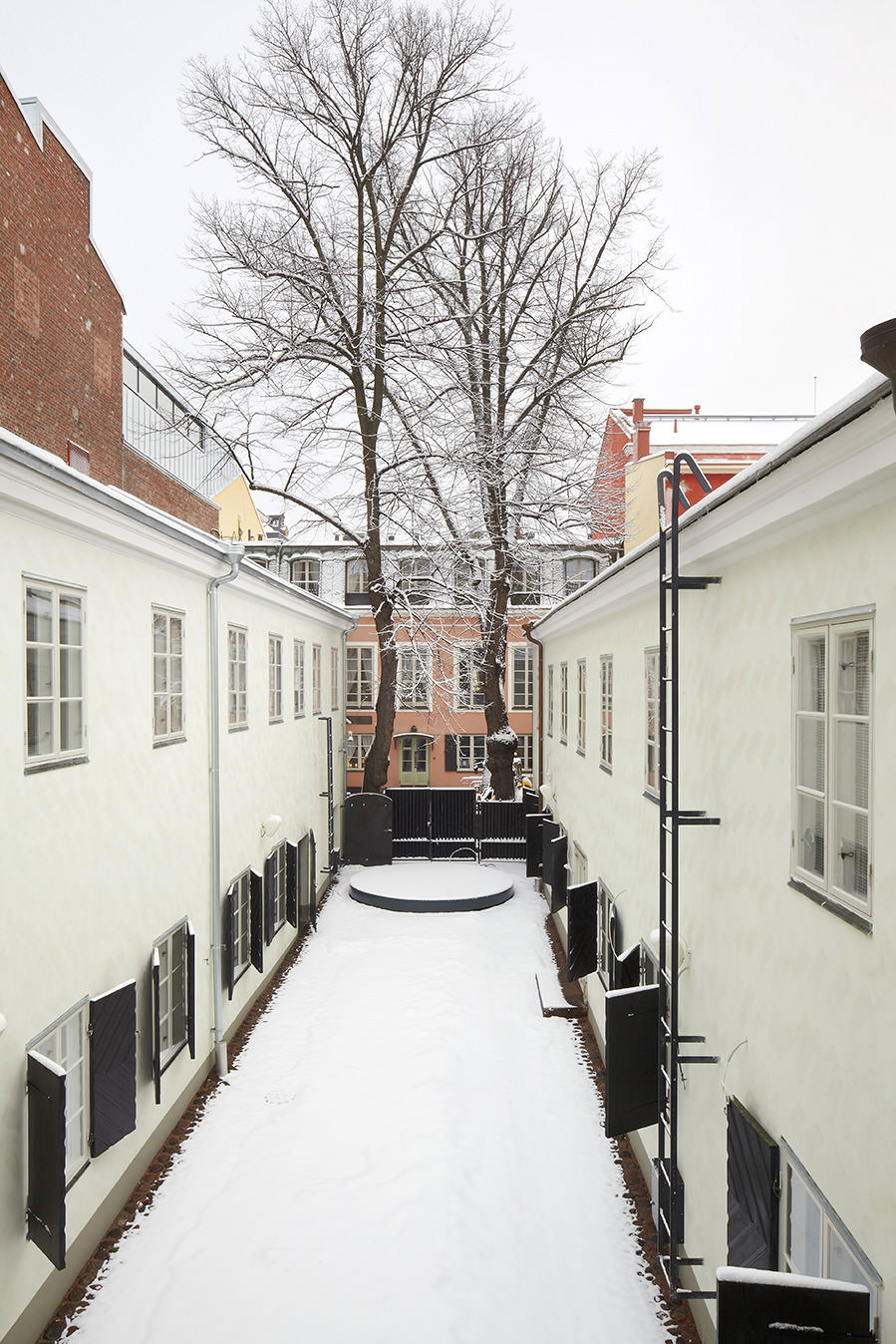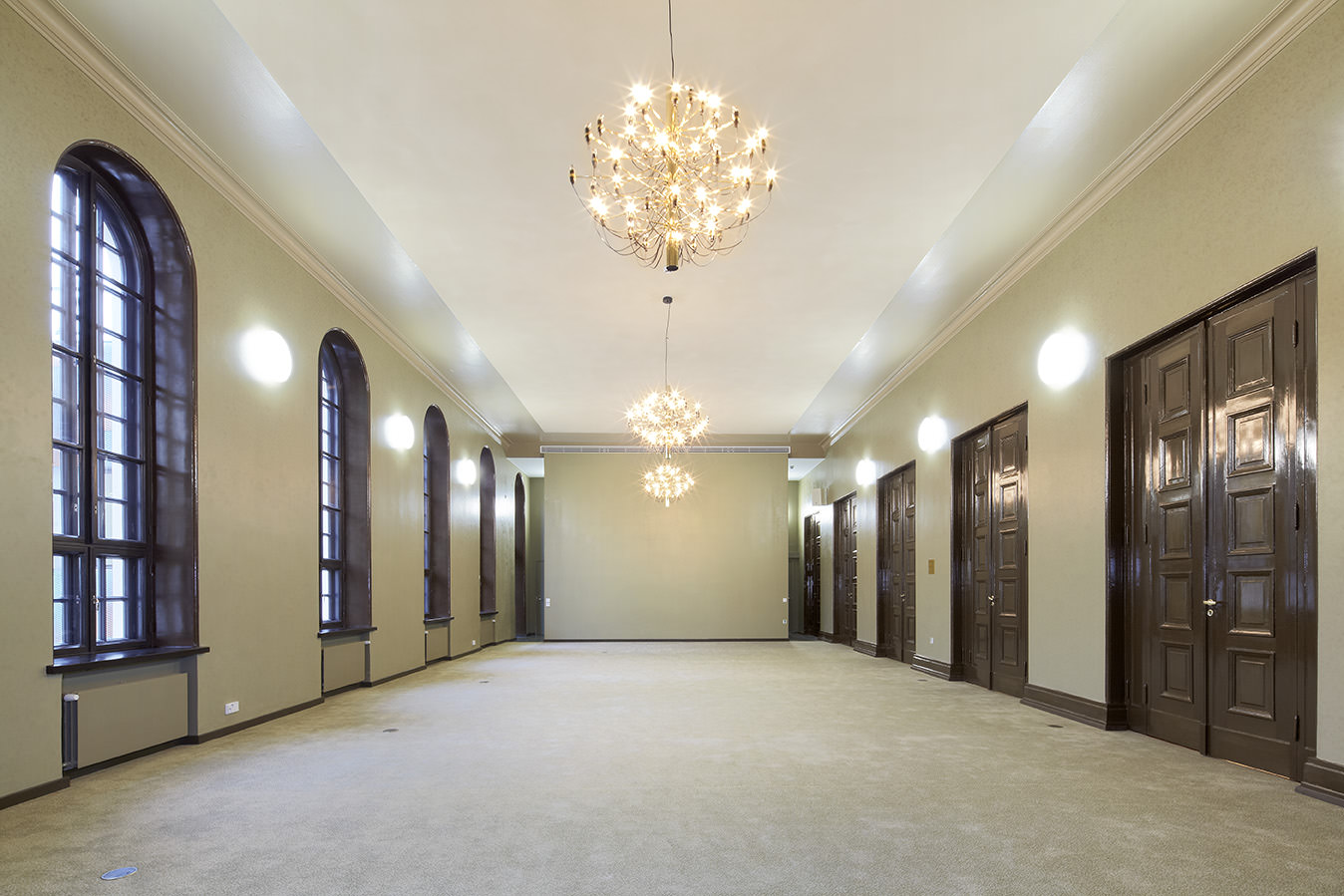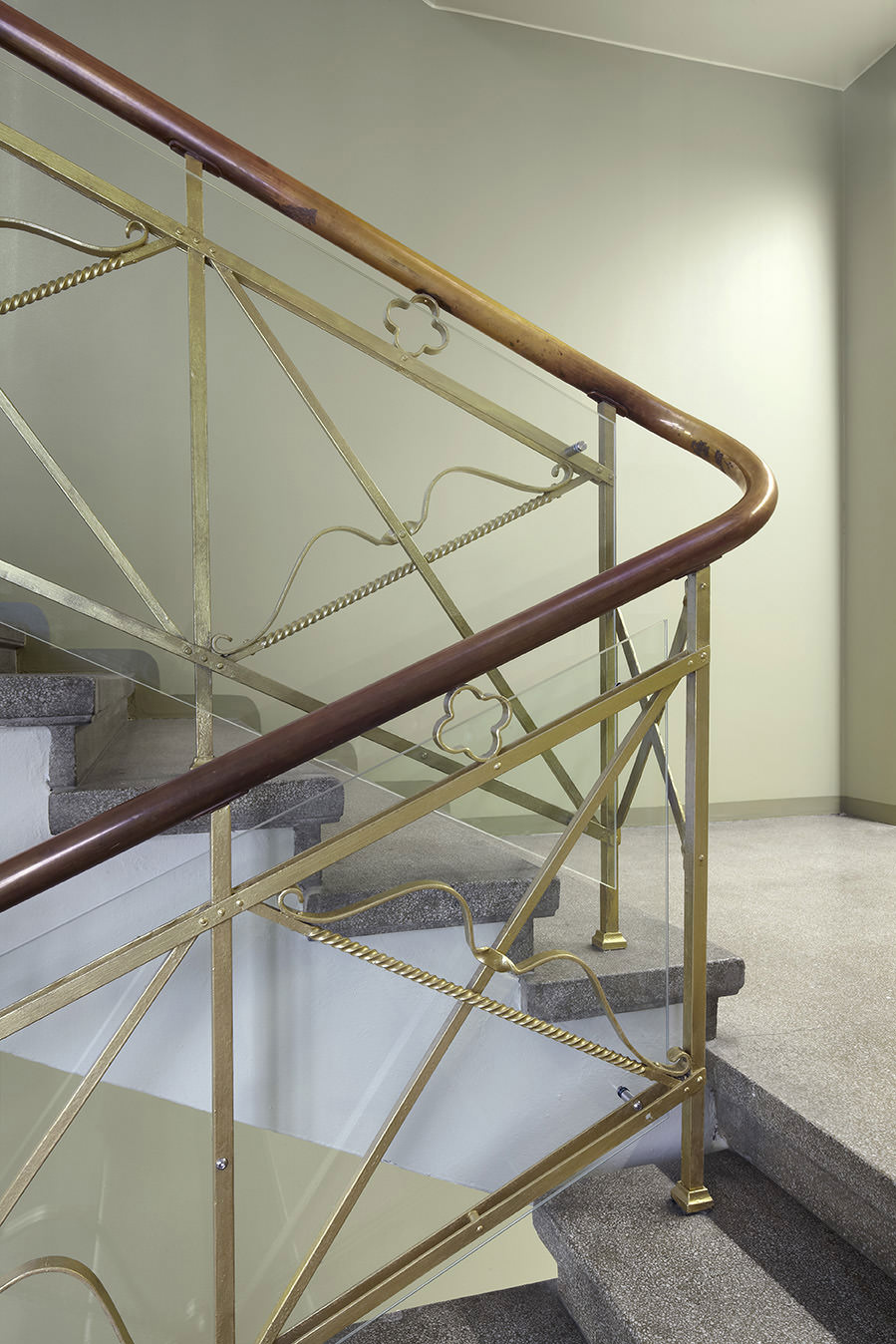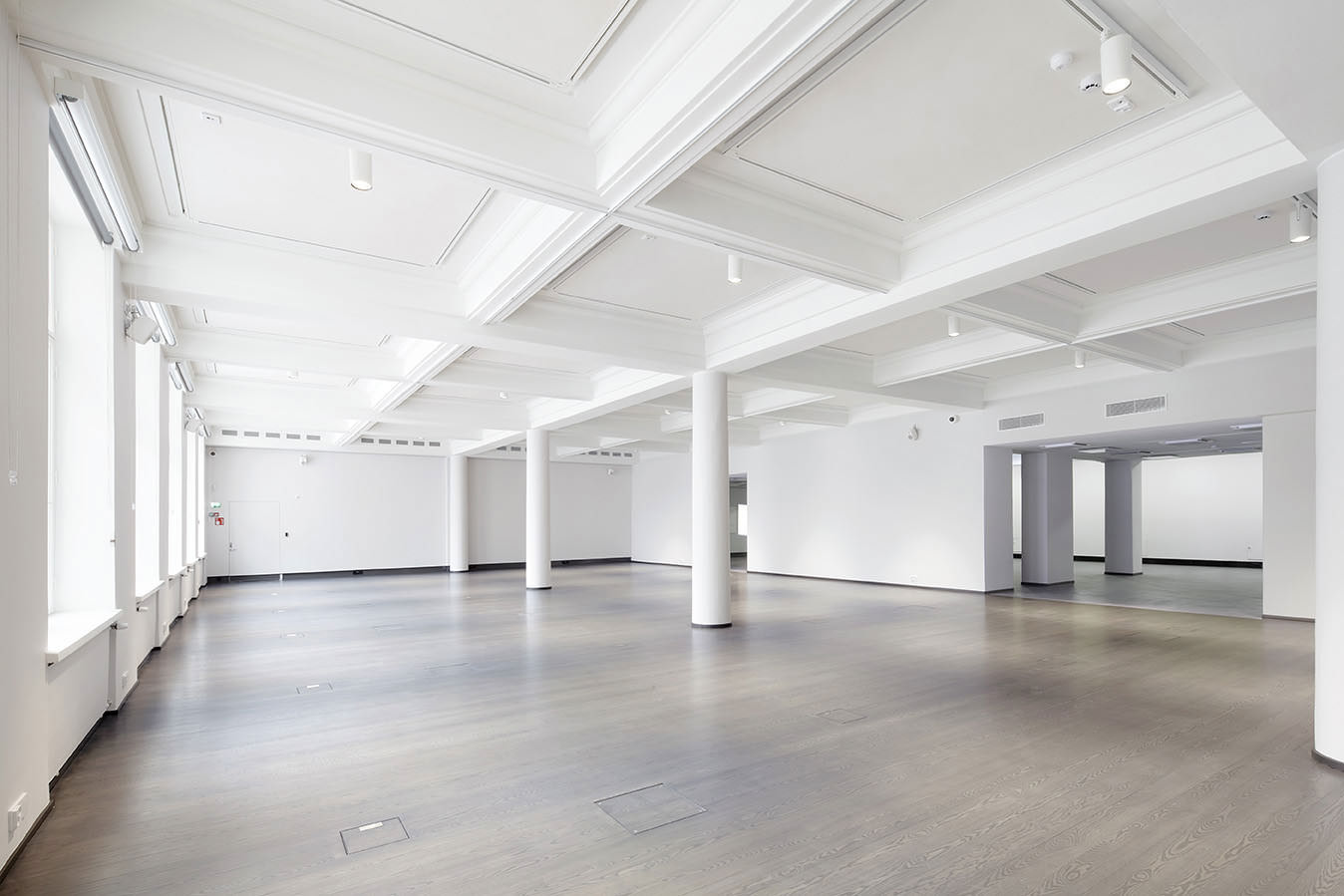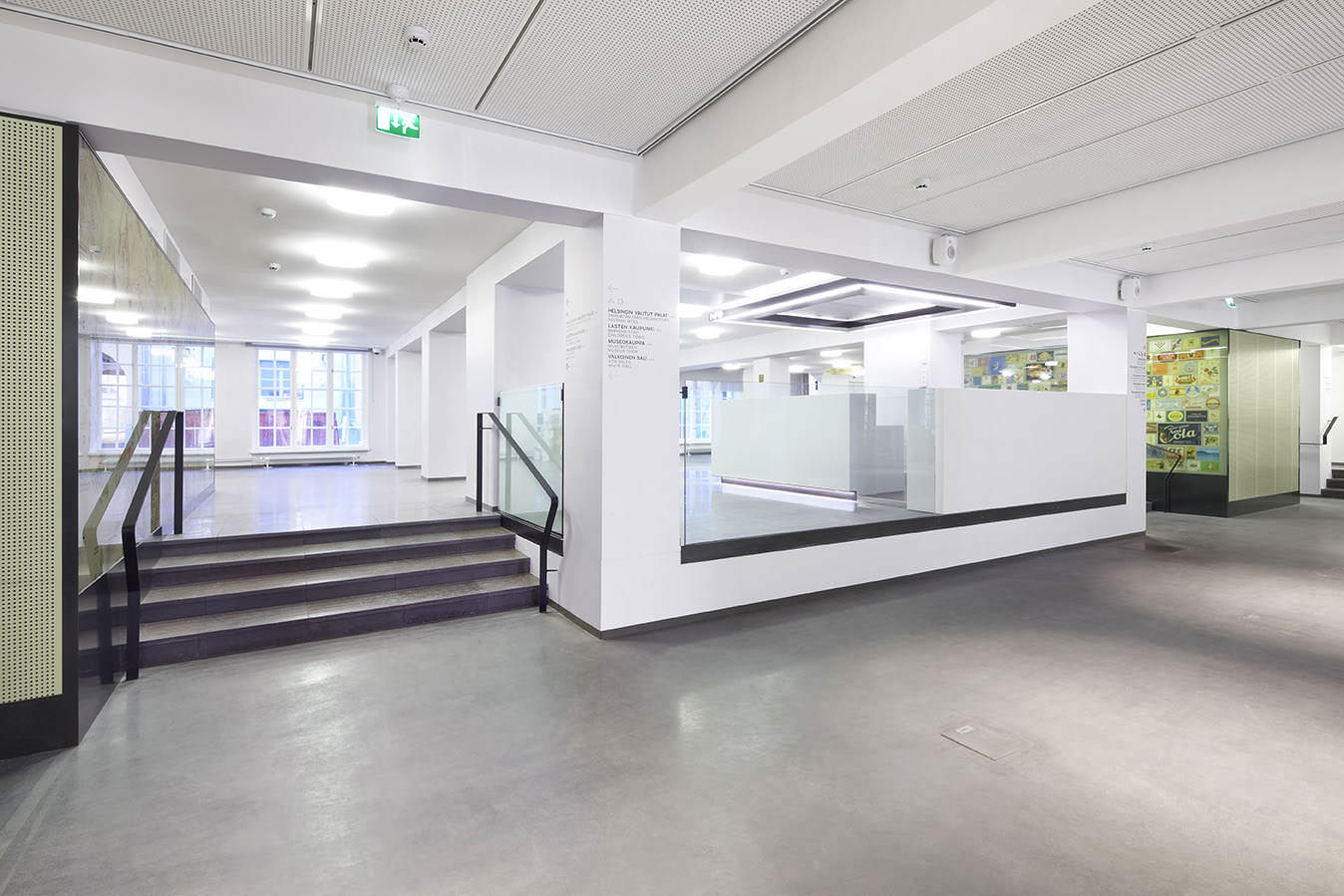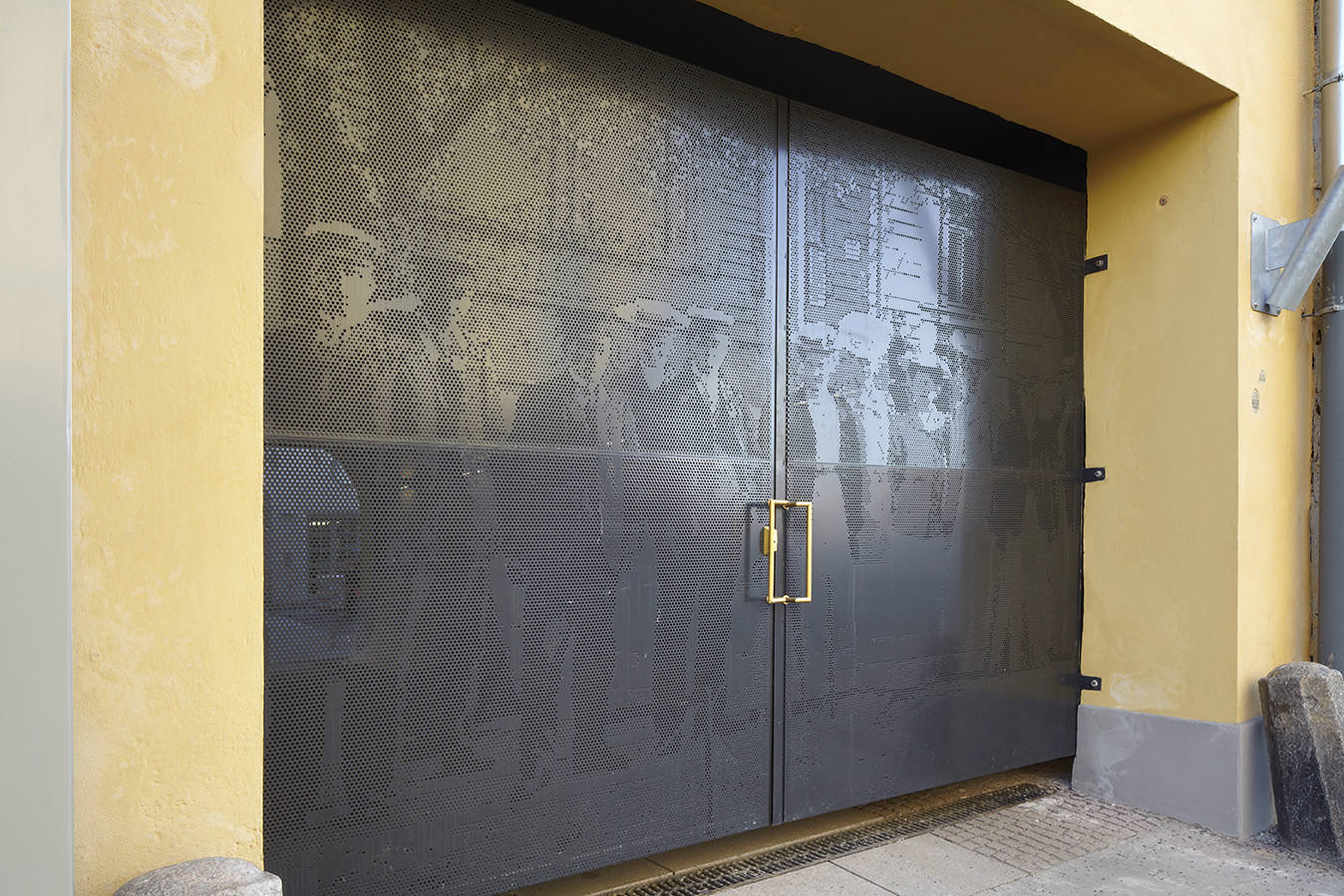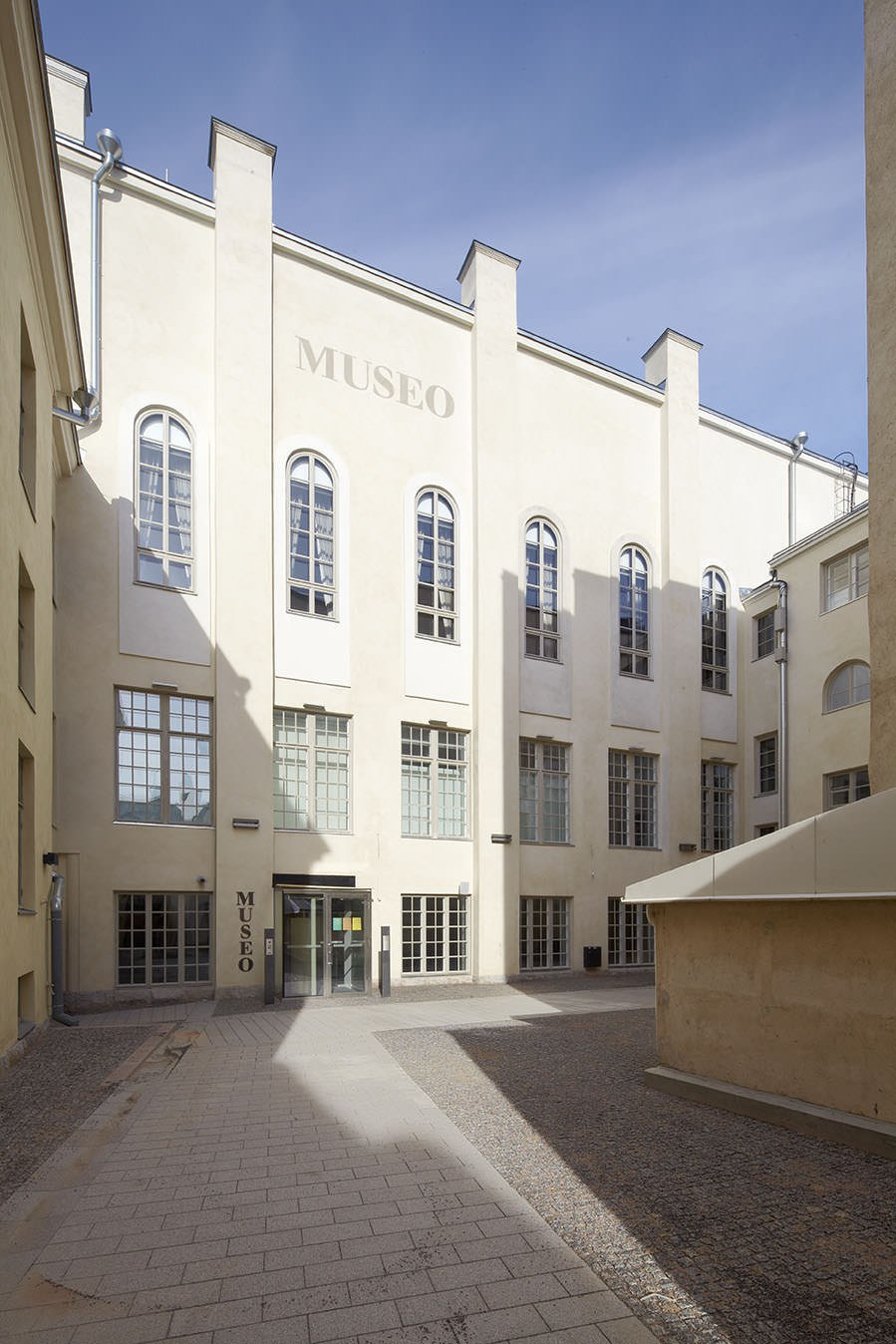Name
Helsinki City Museum, Quarter K4
Description
Renovation
Client
City of Helsinki
Year
2016
Size br-m²
8850
The Senate Square is the monumental centre of Helsinki and the major architectural focal point in the town plan by Johan Albrecht Ehrenström and Carl Ludvig Engel from the beginning of 19th century. It is flanked in the north by the Helsinki Cathedral and the east-west axis is formed by the University and the Senate Buildings, all designed by C.L.Engel. The south side of the square along Aleksanterinkatu street is formed by a row of former merchant´s houses mainly from 19th century.The city blocks in the south between the Senate Square and the Market Place had been taken over after the WW2 by city administrative functions causing the area to lose some of its attractiveness. The City of Helsinki launched a revitalisation of the whole area in the beginning of first decade of the century. The relocating of the Helsinki City Museum to the south-east corner of the Senate Square is part of this project.
In the city block called The Elephant* the museum was provided five listed buildings of very different architectural eras. The oldest remaining building in the city the Sederholm House (1757), the neighbouring building in the Katariinankatu street #3 (1761), the Remander House (1814-1873), the Falkman House (1829-1872) and the Valkoinen Sali building (The White Hall 1925) house today the public and administrative functions of the Helsinki City Museum. The elephant and its three courtyards have been opened to the public as part of the revitalization of the former city administration area in the easternmost part of the block. The Helsinki City Museum now forms a continuation to the public series of city courtyards housing restaurants, galleries and other visitor attractions.
The main entrance from the Aleksanterinkatu Street through a carriage gateway passes by the only new piece of architecture in the museum. The facade clad with oxidized copper mesh forms a slow-moving material hourglass as a metaphor for the museum. During the dark hours of the day the metal surface serves as a background for an artwork by light artist Jaakko Niemelä.
*All the blocks in the old center of Helsinki have been named after different animal species in accordance with the principle imported from Stockholm

